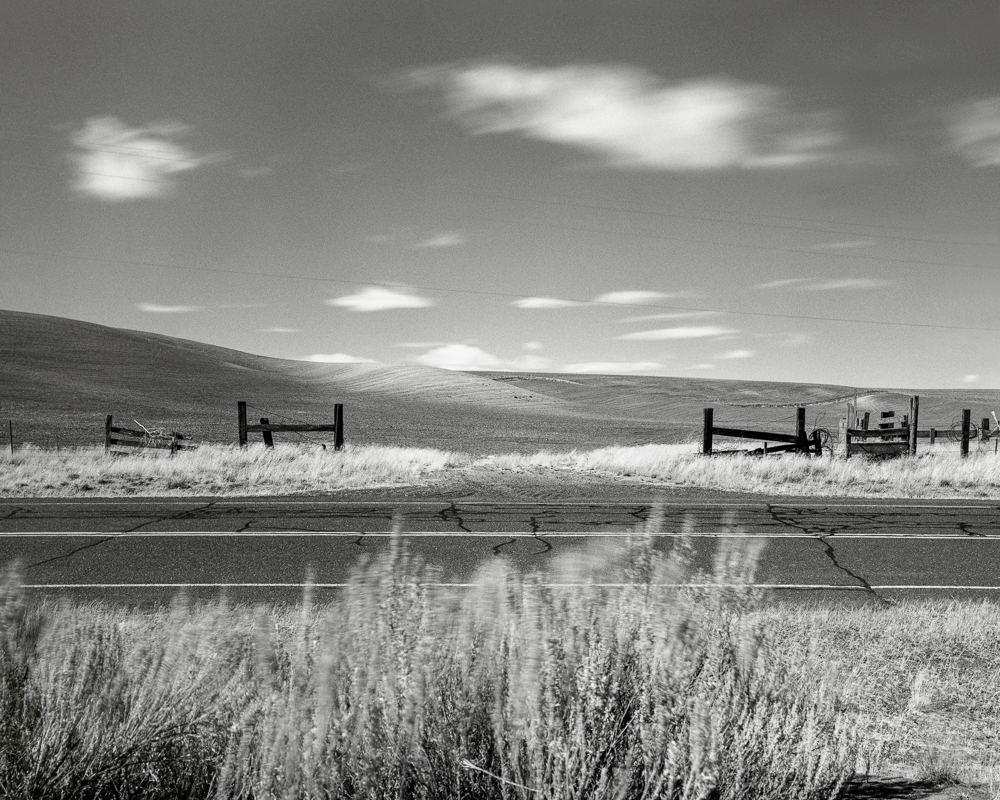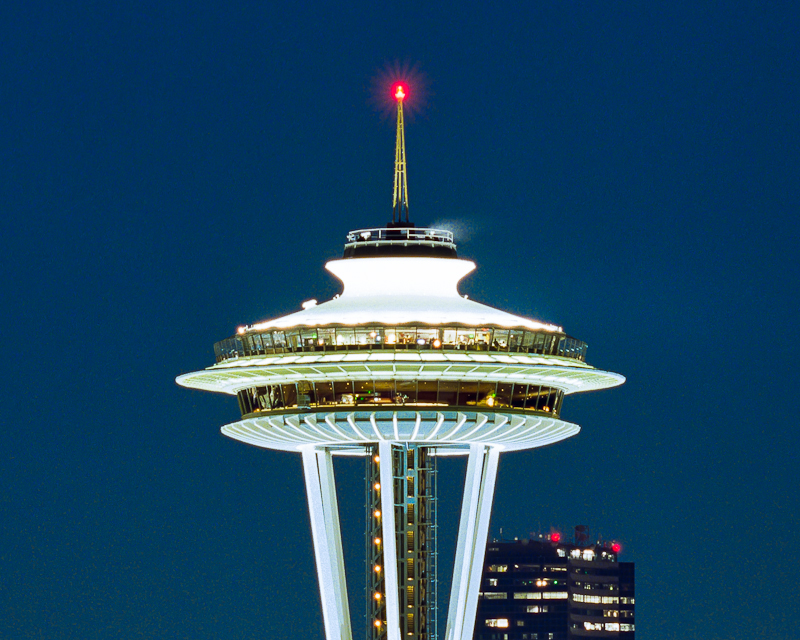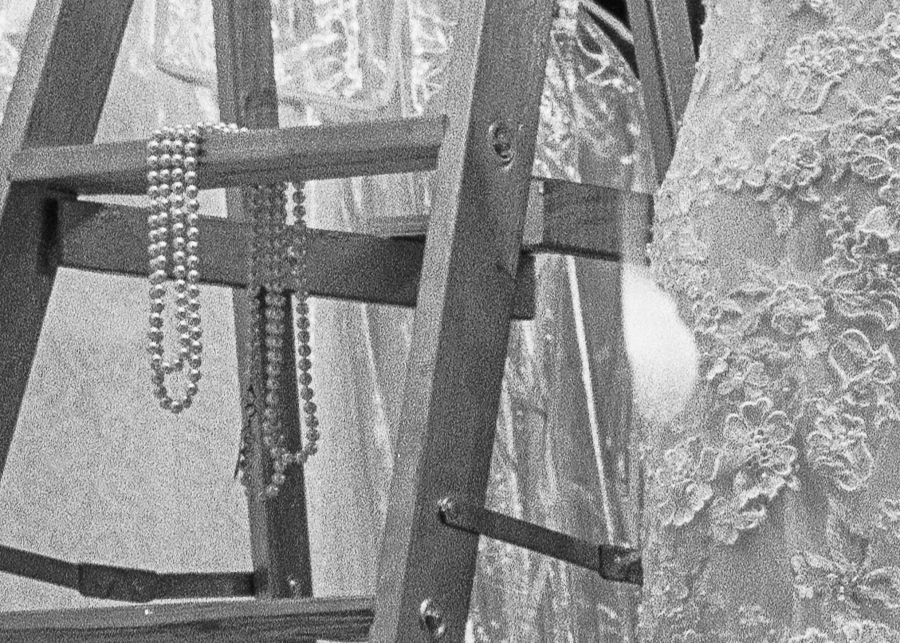 Originally posted by leekil
Originally posted by leekil 
It seems to me there are two factors; one is the size of the droplets of ink, and the other is the precision at which the printer can place a single drop. The printer also does not put one drop of ink on the paper, corresponding to one pixel of image data; in order to get certain colors, it needs to print two or more colors of ink at the same spot in order to achieve the precise color. So possibly when printing at different resolutions, it will achieve more precise color gradations, but not any higher image resolution? In this case, it would be that the "screen printing" resolution would be the resolution you set it at, and you get the equivalent of a finer dither pattern at higher resolutions?
Also at play is a different drop size that can be laid down. For the P800 it says:
Minimum Ink Droplet Size:
* 3.5 picoliters
* Variable Droplet Technology can produce up to 3 different droplet sizes per print line
Seems to me to be a fair assumption to make. The printer must lay down several droplets of ink to produce all colours, hence the resolution quoted 720, 1440, 2880, 5760 Epson (600,1200, 2400, 4800 Canon). These may be referred to as Draft, Standard, Fine, SuperFine, or whatever the manufacturer decides. Ink droplets will spread and dry into the paper surface and in the case of pigment inks particularly may actually also sit on the surface. Also the way that the droplets spread and dry will be very much influenced by the nature of the paper surface.
 Quote:
Quote: apparently the smaller drop sizes are used to lay down different volumes of ink? Is this used in conjunction with the print resolutions, or separate from it?
The droplets are incredibly small volumes of ink the 3.5 picoliter for the P800 being 0.0000000035 millilitre and the 1.5 being 0.0000000015 millilitre. It would seem logical that the smaller droplets would be used mainly in lighter areas of the print that in theory should enable more subtle gradations in these areas - I do not have any proof that this is the case.
I think that the size and the number of droplets laid down overall relates to the print quality and yes this should I believe to a degree influence perceived print resolutions. That would require undertaking more testing under strict conditions to prove or disprove, I have not seen or actually looked for any learned examples.
However it should be relatively easy to prove (with good image data!) the effects of increasing / decreasing ppi on IQ. Assuming we want to get the maximum IQ just set the printer to its finest quality in the print driver and on our best paper stock (probably glossy or smooth satin etc.) produce a series of prints. For each print specify the required resolution while keeping the image size in pixels the same. Epson start with 180, 360, 720, 1440, for Canon 150, 300, 600, 1200. What you should see is a jump in IQ between each step, it may be gradual or quite noticeable depending on image content. But the IQ jump will eventually stop and you will not see any difference going any higher, this will be the limit of printer resolution although you should double check against different data to make sure you have presented the 'best' data. If you really have time and money on your hands you may want to try other intermediate resolutions and see what happens by changing printer quality dpi setting as well.

Doing this you will have to decide what suits the image type and your preferences, remembering that we are looking here at maximising the IQ to be viewed at close distances. If this is not a particularly strong requirement and larger prints are going to be viewed at 'normal' distances you can get away with lesser IQ which will not be noticed by the average user
---------- Post added 05-24-17 at 02:53 AM ----------
 Originally posted by LesDMess
Originally posted by LesDMess 
Actually, it wasn't until your fourth response that you listed the external references. So I take it that what you have represented as facts are corroborated by those external references you cited.
Exactly, what I have represented as fact is based on my own tests and has been corroborated by those references I cited. In fact it was likely that those references spurred me on to check for myself either that or I had observed something and looked for an explanation.
Wherever possible I will always strive to find corroborating evidence of my findings from my peers or try to remember to state that these are just my opinions. Until asked for proof (which is very fair in this world of net misinformation) I will not normally include references to others findings unless it clearly helps to clarify or illustrate a point.


 Similar Threads
Similar Threads 

















 Post #39 by tuco
Post #39 by tuco








